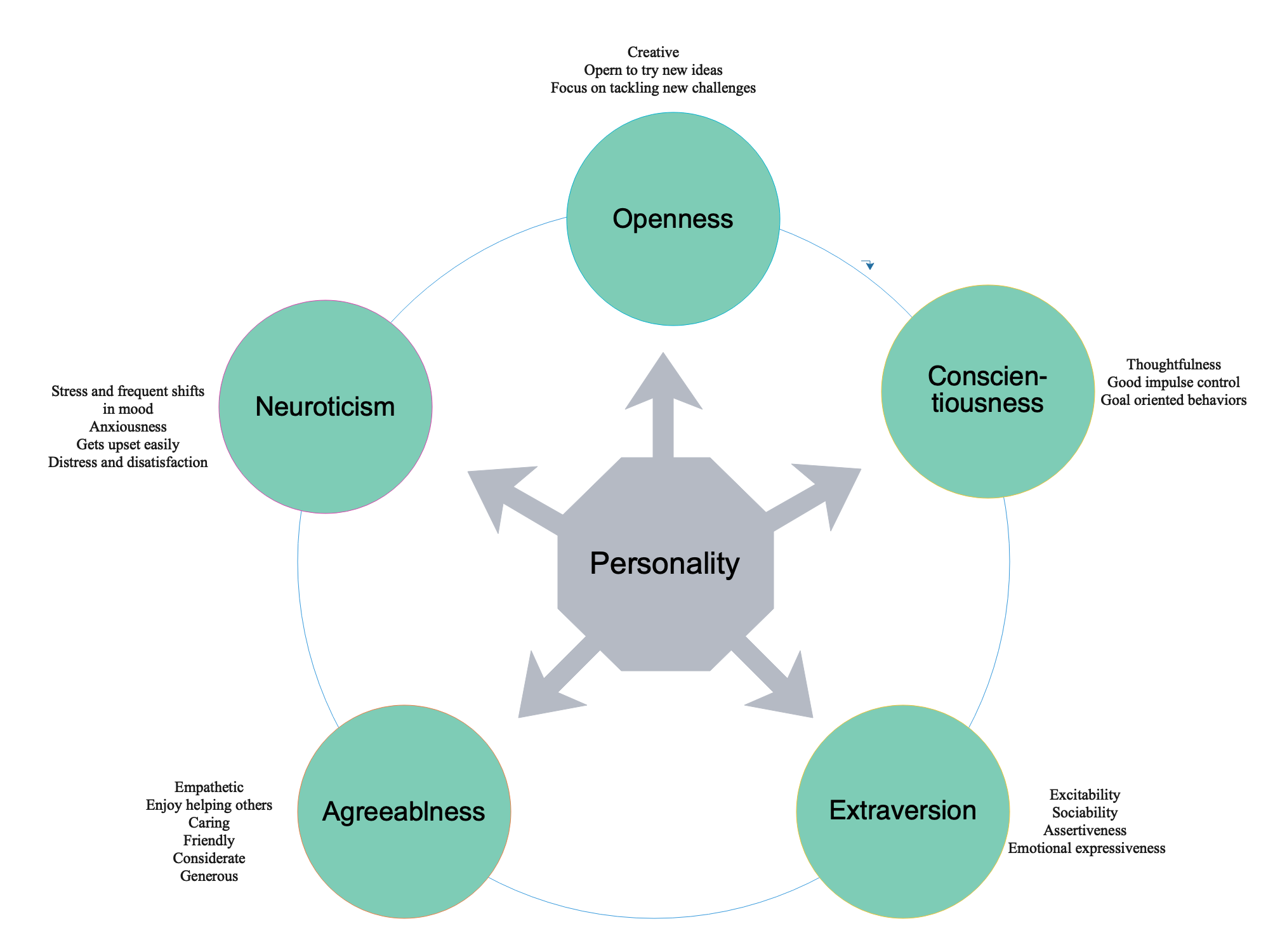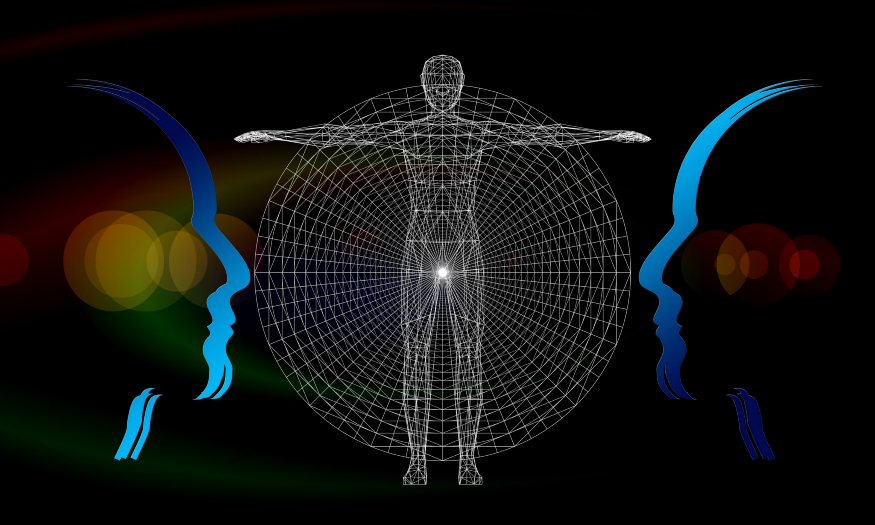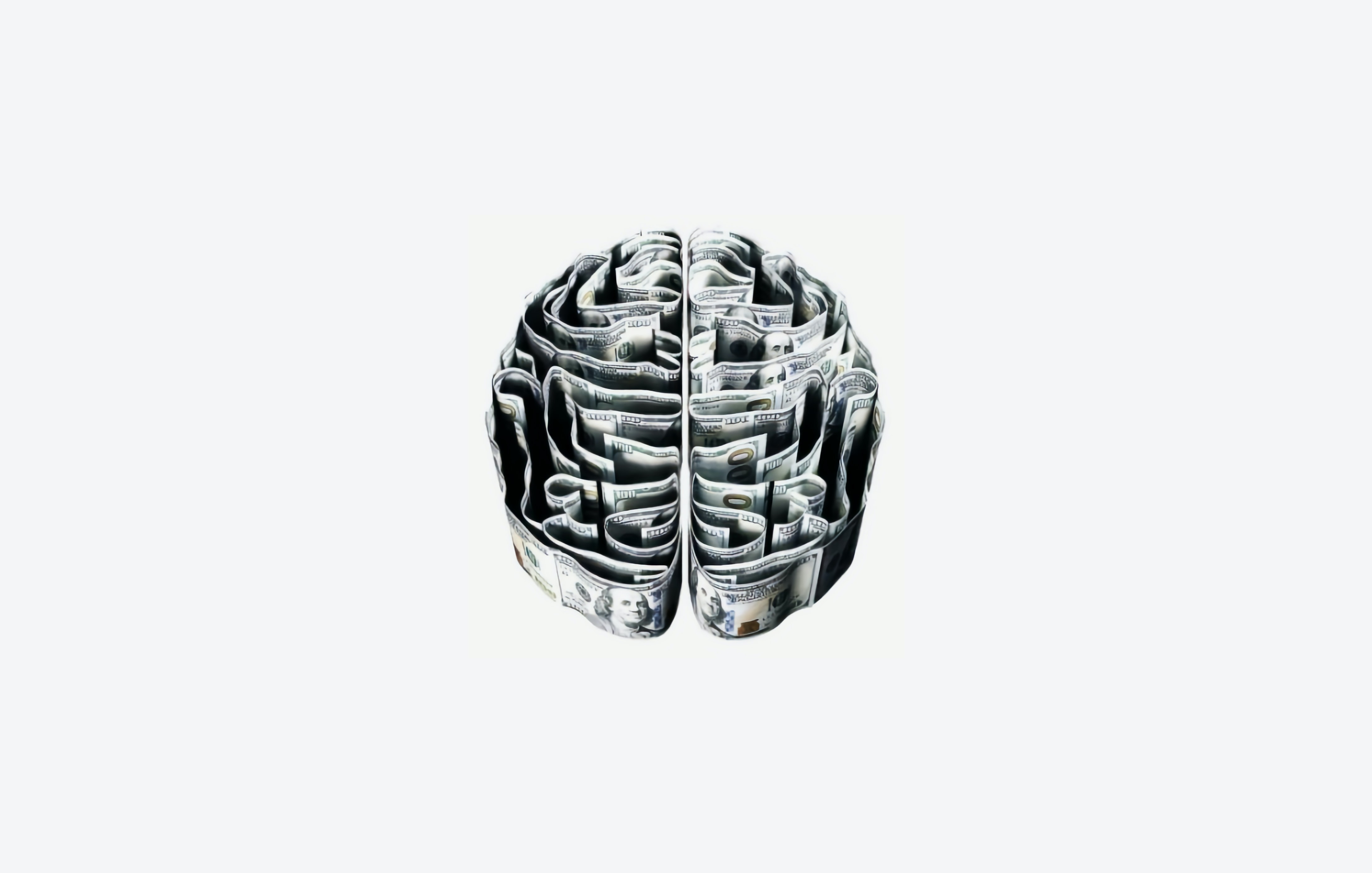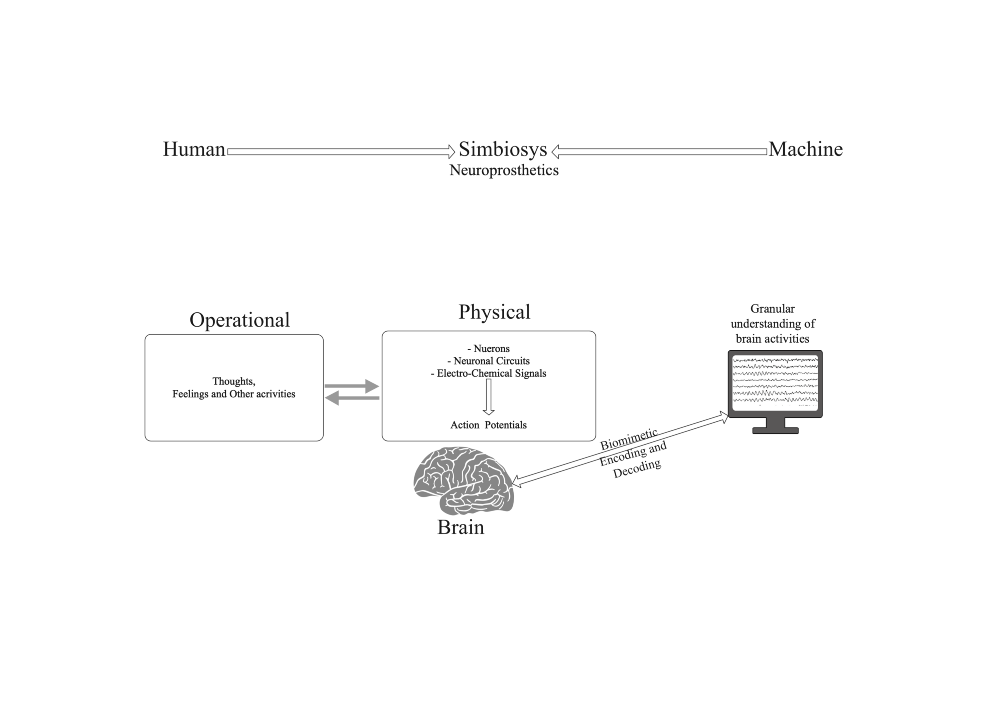What determines who we become as human beings, as subjects with complex personalities? What socio-political, economic, cultural and psychological factors influence how we become such personalities? In other words, how are we who we are? What predetermines our responses? so we consistently respond to similar situations in similar manners. What structures and processes influence our beliefs, the ways we communicate and relate to others? These are questions we all ask ourselves to uncover what makes us who we are.
One of the most rewarding things about my work at ‘Get Mee’ is that I ask these questions all the time. The key to ‘knowing the self’ and ‘caring for the self’, to contentment always revolves around these fundamental questions. This self-reflective exercise allows us to understand more about our relations with the world, with each other and with ourselves. The gateway to good communication and personal growth is these foundational psychological and philosophical questions.
An undeniably fascinating part of our existence and being is our uniqueness as individuals. The foundational law of being is that we exist but exist in absolute singularity. No two individuals are ever the same physiologically, emotionally, psychologically, etc. Our appearance in the world (geography, country, culture, family, socio-economic status), our development, and socialization from the moment of birth to adulthood expands on that uniqueness. And the individual itself is constantly in motion, dynamic transformation, and change.
Hence, there is uniqueness in personalities and splits and multiplicity in one individual. The individual is not an unchanging object with a set of properties and adjectives. The individual consists of many traits, characteristics, and personas. It is constantly evolving and transforming.
This uniqueness and multiplicity allow us to spontaneously present a version of ourselves in different situations for different purposes and reasons. This is an outcome of evolutionary transformation and change in social formations. For instance, cooperation, collaboration, and consensus allowed for survival and success. It is not unscientific to propose that mutual aid and working together is an innate part of our being, our social relations, and our existential goal. Think of the way even our goals and desires are consciously or unconsciously organized to gain recognition and response from others.
It is why today, when a colleague, a friend or a family member experiences difficulty in their life, we bring our compassionate and empathetic self to help them. But these cooperative tendencies and personality traits are not guaranteed. Understanding, care, and empathy require knowing deeply about ourselves first. And only after we need to know the other person’s struggles, history, circumstances, and decision-making. These have to be achieved without judgment and suppositions on behalf of us.
Some of us heeding to other emotions thought patterns, and belief systems present a different set of traits contrary to empathy and understanding. This often leads to conflict, social uneasiness, and failure. How strongly we express these emotions and traits depends on a range of individual and collective factors and life circumstances.
We can explain this phenomenon via the discipline of psychology. The field of Psychology views personality as a composition of the five major categories of traits: openness, conscientiousness, extraversion, agreeableness, and neuroticism. Each category has subtypes and all of us can be placed somewhere in the spectrum of all five categories. The most important thing to remember is that these categories are indicative and can’t be considered absolute. This is because we are complex personalities with changing dynamics. An individual can be high or low in intensity with regards to the influence of the categories. For example, an individual high in neuroticism can be unstable, anxious, tense, and withdrawn. In contrast, we attribute low neuroticism to stability, confidence, and contentment.

Gaining a deeper understanding of our personality traits is immensely important not only for worldly material success but also to develop self-awareness. Becoming more self-aware, self-reflective, and conscious leads to better management of our emotional and communicative responses. Awareness of our personality traits helps us focus on areas that need strengthening to amplify our uniqueness or deliberately change certain behavioral patterns that negatively affect our growth. This is all central to our existence and our relationships with others. A way for the individual to attain happiness, satisfaction, and contentment is to follow the process of creating and re-creating the self.
Next time you are in a challenging situation at work, or in your personal life, pause, identify how your subconscious and social habits want to respond to that situation. Examine your immediate default reaction. Pay attention to the feelings and triggers of those feelings to learn which of the personality categories is dominant at that time. Are your thoughts negative? Is your natural emotional response anger and fear? Is it paranoia or suspicion? The next step is to examine and critique why this is the case? And how you can change your responses.
It is important to recognize that in general, our default emotions, behaviors, thoughts, and actions align to the easier options. Negative emotions, negative patterns of thoughts, and archaic belief systems are aligned with our primary self and hence repetitive. Repetition leads to a cycle of similar responses and behavior. The flight or fight response is precisely this: that fear, anger, suspicion, and anxiety come persistently first due to evolutionary physiological necessities. That reason, understanding, and tending rationally to emotional disturbances is a secondary and less physiologically natural reaction. This secondary element, unlike primary emotional reactions, requires critical oversight, work, and skills. It does not appear naturally in the cycle.
It is far more difficult for many of us to have optimistic, empathetic, and understanding thoughts, emotions, and beliefs.
The knowledge of the difference between natural default expression of emotions (like anger, fear, paranoia, etc.) and self-awareness allows the pathway to change. With self-awareness and conscious practice, you will become familiar with the responses and may even change them. This is an arduous process, but it is worth the effort. It is a completely non-judgemental exercise therefore, remember to be kind to yourself and those around you, especially if you recognize a response that you don’t consider ideal.
We are fascinated with our beliefs, our thoughts, our emotions, our intelligence, and our abilities. All of us are unique and our personalities have something special to offer to the world. This also means the challenges and struggles in our lives are also unique.
As the roller coaster 2020 ends, remember to take a moment to reflect on who you are, appreciate you, and the personality that makes you.



